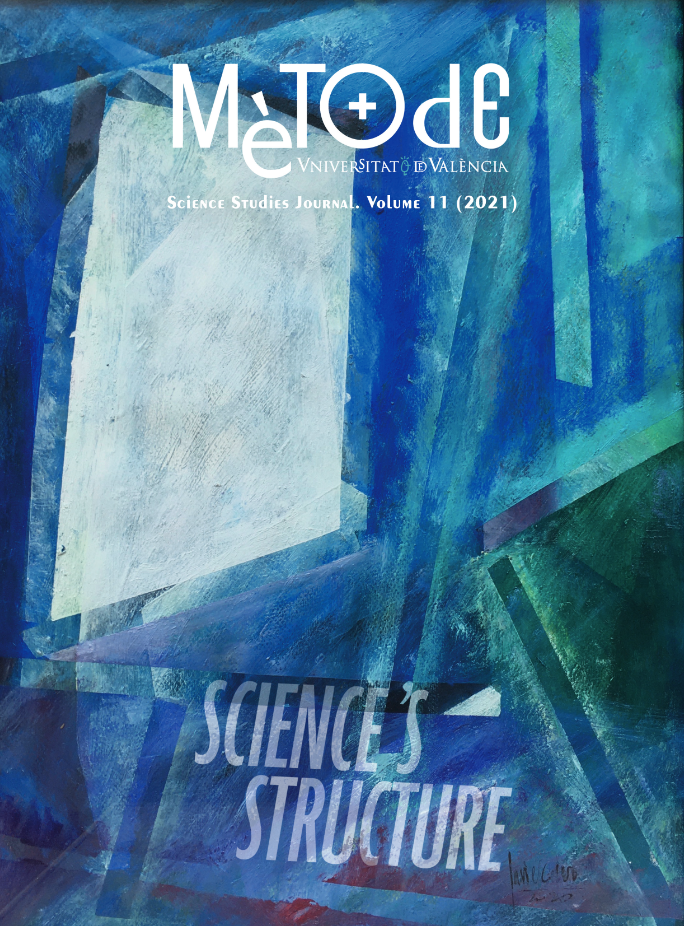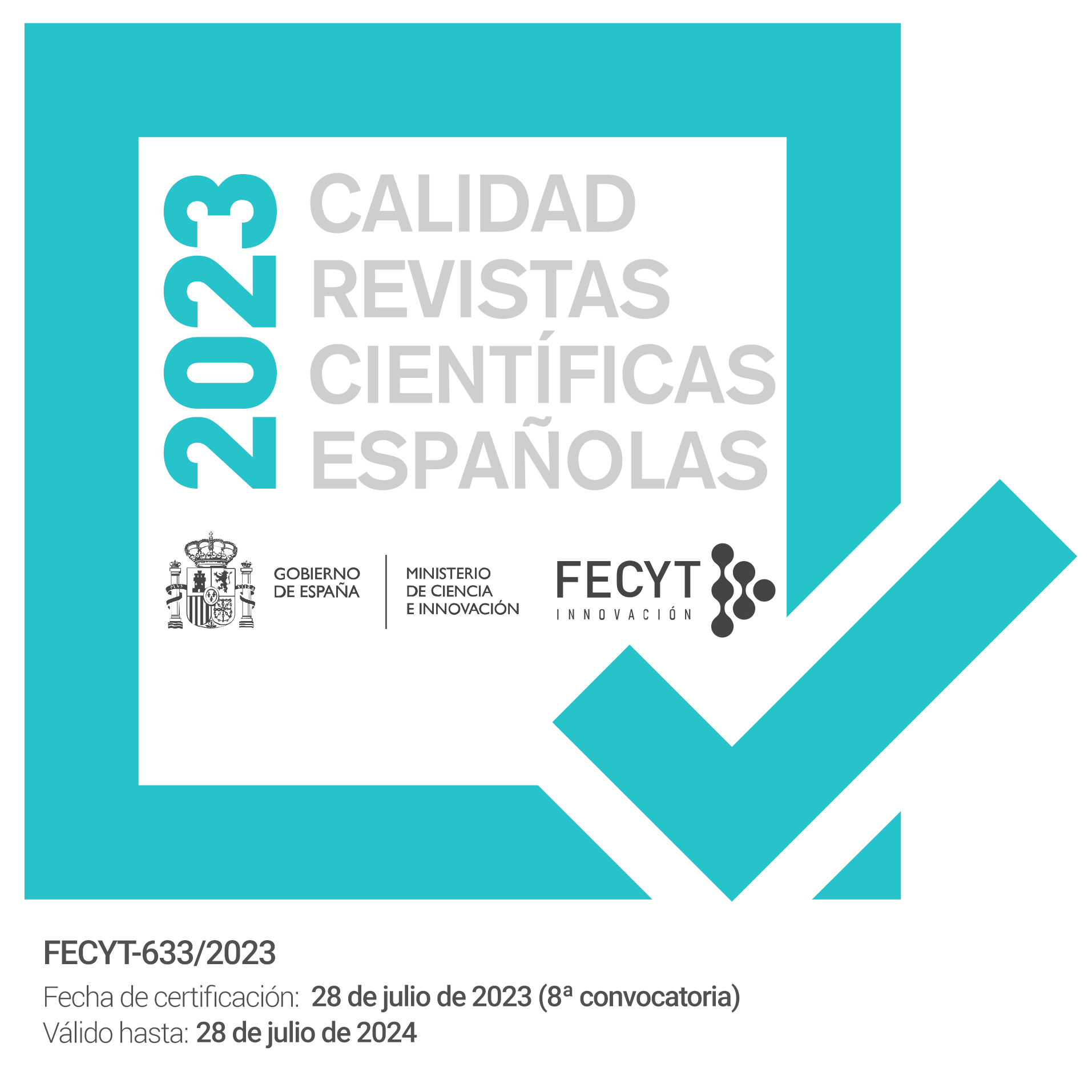Producir más alimentos de forma sostenible es posible: Fertilización biotecnológica y sostenible ante el problema del crecimiento poblacional
DOI:
https://doi.org/10.7203/metode.11.15576Palabras clave:
agricultura sostenible, sistema radicular, fertilización, nitrógeno, fosfato, microbioma Resumen
Resumen
El gran aumento de la población mundial previsto para este siglo obligará a incrementar la producción agrícola de forma proporcional para asegurar la alimentación. Sin embargo, actualmente la sociedad demanda nuevos métodos de producción más sostenibles y respetuosos con el medio ambiente. Para poder obtener este incremento sostenible es necesario hacer uso de las nuevas herramientas biotecnológicas, como la edición génica o la biología sintética, y del conocimiento generado por los investigadores durante años. El microbioma del suelo está emergiendo como una poderosa herramienta biotecnológica. Estos microorganismos beneficiosos promueven el crecimiento vegetal a través del aporte de nutrientes, producción de hormonas o metabolitos secundarios. Por ello, el uso de estos microrganismos ayudará a incrementar la producción agrícola de forma sostenible.
 Descargas
Descargas
 Citas
Citas
Delgado-Baquerizo, M., Oliverio, A. M., Brewer, T. E., Benavent-González, A., Eldridge, D. J., Bardgett, R. D., Maestre, F. T., Singh, B. K., & Fierer, N. (2018). A global atlas of the dominant bacteria found in soil. Science, 359(6373), 320–325. http://doi.org/10.1126/science.aap9516
FAO. (2017). El futuro de la alimentación y la agricultura: Tendencias alimentación y desafíos. Food and Agriculture Organitzation of the United Nations. http://www.fao.org/3/a-i6881s.pdf
Gao, C. (2018). The future of CRISPR technologies in agriculture. Nature Reviews Molecular Cell Biology, 19, 275–276. http://doi.org/10.1038/nrm.2018.2
Goldford, J. E., Hartman, H., Smith, T. F., & Segre, D. (2017). Remnants of an ancient metabolism without phosphate. Cell, 168(6), 953–955. http://doi.org/10.1016/j.cell.2017.02.001
Gómez, F., Cavalazzi, B., Rodríguez, N., Amils, R., Ori, G. G., Olsson-Francis, K., Escudero, C., Martínez, J. M., & Miruts, H. (2019). Ultra-small microorganisms in the polyextreme conditions of the Dallol volcano, Northern Afar, Ethiopia. Scientific Reports, 9(1), 7907. http://doi.org/10.1038/s41598-019-44440-8
Hiruma, K., Gerlach, N., Sacristán, S., Nakano, R. T., Hacquard, S., Kracher, B., Neumann, U., Ramírez, D., Bucher, M., O’Connell, R. J., & Schulze-Lefert, P. (2016). Root endophyte Colletotrichum tofieldiae confers plant fitness benefits that are phosphate status dependent. Cell, 165(2), 464–474. http://doi.org/10.1016/j.cell.2016.02.028
López-Torrejón, G., Jiménez-Vicente, E., Buesa, J. M., Hernandez, J. A., Verma, H. K., & Rubio, L. M. (2016). Expression of a functional oxygen-labile nitrogenase component in the mitochondrial matrix of aerobically grown yeast. Nature Communications, 7, 11426. http://doi.org/10.1038/ncomms11426
Mus, F., Crook, M. B., Garcia, K., Garcia Costas, A., Geddes, B. A., Kouri, E. D., Paramasivan, P., Ryu, M.-H., Oldroyd, G. E. D., Poole, P. S., Udvardi, M. K., Voigt, C. A., Ané, J.-M., & Peters, J. W. (2016). Symbiotic nitrogen fixation and the challenges to its extension to nonlegumes. Applied and Environmental Microbiology, 82(13), 3698–3710. http://doi.org/10.1128/AEM.01055-16
Ray, D. K., Mueller, N. D., West, P. C., & Foley, J. A. (2013). Yield trends are insufficient to double global crop production by 2050. PLOS ONE, 8(6), e66428. http://doi.org/10.1371/journal.pone.0066428
Roosevelt, F. D. (1938, May 20). Message to congress on phosphates for soil fertility. Published online by G. Peters & J. T. Woolley. The American Presidency Project; 1999-2011. UC Santa Barbara. https://www.presidency.ucsb.edu/node/208838
Roy, E. D., Richards, P. D., Martinelli, L. A., Coletta, L. D., Lins, S. R. M., Vazquez, F. F., Willig, E., Spera, S. A., VanWey, L. K., & Porder, S. (2016). The phosphorus cost of agricultural intensification in the tropics. Nature Plants, 2, 16043. http://doi.org/10.1038/nplants.2016.43
SARE. (2019). Management of nitrogen and phosphorus. https://www.sare.org/Learning-Center/Books/Building-Soils-for-Better-Crops-3rd-Edition/Text-Version/Management-of-Nitrogen-and-Phosphorus
Setten, L., Soto, G., Mozzicafreddo, M., Fox, A. R., Lisi, C., Cuccioloni, M., Angeletti, M., Pagano, E., Díaz-Paleo, A., & Ayub, N. D. (2013). Engineering Pseudomonas protegens Pf-5 for nitrogen fixation and its application to improve plant growth under nitrogen-deficient conditions. PLOS ONE, 8(5), e63666. http://doi.org/10.1371/journal.pone.0063666
Singh, B. K., & Trivedi, P. (2017). Microbiome and the future for food and nutrient security. Microbial Biotechnology, 10(1), 50–53. http://doi.org/10.1111/1751-7915.12592
Stokstad, E. (2016). The nitrogen fix. Science, 353(6305), 1225–1227. http://doi.org/10.1126/science.353.6305.1225
Van Hooijdink, R. (2018, December 20). 4 ways robotics will affect agriculture in 2019. Robotics Business Review. https://www.roboticsbusinessreview.com/agriculture/4-ways-robotics-change-agriculture-in-2019/
Walitang, D. I., Kim, K., Madhaiyan, M., Kim, Y. K., Kang, Y., & Sa, T. (2017). Characterizing endophytic competence and plant growth promotion of bacterial endophytes inhabiting the seed endosphere of rice. BMC Microbiology, 17(1), 209–209. http://doi.org/10.1186/s12866-017-1117-0
Descargas
Archivos adicionales
Publicado
Cómo citar
-
Resumen1269
-
Untitled7
-
PDF 416
Número
Sección
Licencia
Derechos de autor 2023 CC BY SA

Esta obra está bajo una licencia internacional Creative Commons Atribución-CompartirIgual 4.0.
![]()
Todos los documentos incluidos en OJS son de acceso libre y propiedad de sus autores.
Los autores que publican en esta revista están de acuerdo con los siguientes términos:
- Los autores conservan los derechos de autor y garantizan a Metode Science Studies Journal el derecho a la primera publicación del trabajo, licenciado bajo una licencia de Creative Commons Reconocimiento-NoComercial-SinObraDerivada 4.0 Internacional, que permite a otros compartir el trabajo con un reconocimiento de la autoría del trabajo y citando la publicación inicial en esta revista.
- Se permite y se anima a los autores a difundir sus trabajos electrónicamente a través de páginas personales e institucionales (repositorios institucionales, páginas web personales o perfiles a redes profesionales o académicas) una vez publicado el trabajo.





